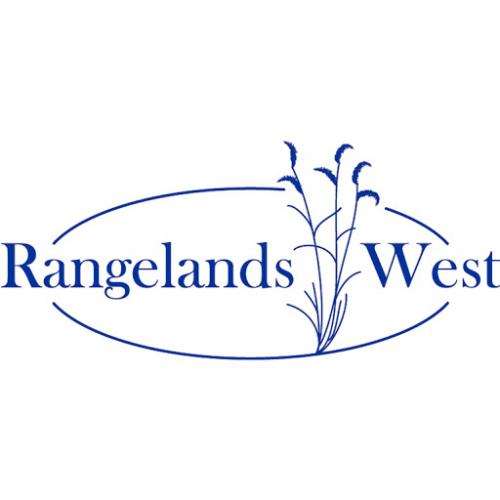Three experiments were conducted to evaluate effects of supplemental protein and forage on marker estimated fecal output using an intraruminal continuous release marker device in grazing steers. In experiment 1, twelve steers were assigned to 3 treatments and fecal collections were made during a 6-day period in December 1990 and again in February 1991. Treatments were: 1) range forage only, 2) range forage + 0.32 kg protein/day from a 70% soybean meal - 30% wheat pellet, and 3) range forage + 0.32 kg crude protein/day from 15.1% meadow hay. Fecal output estimates derived from the marker device were similar (P > 0.10) for all treatments and both periods. Fecal estimates derived from the marker device were greater (P < 0.01) than fecal output from total fecal collection (3.5 kg/day vs 2.7 kg/day); the correlation between estimates from fecal collection and the marker device was 0.85. In experiment 2, ten steers were assigned to treatments 1 and 2 of experiment 1 during December 1991. Fecal output derived from the marker device was similar (P > 0.10) for the 2 supplement treatments. Fecal output estimates were greater (P < 0.10) for the marker device than fecal collection (1.80 kg/day vs 11.63 kg/day); the correlation between estimates from the marker device and total collection was 0.94. In experiment 3, fecal output was derived from the marker device during three 5 day collection periods. Steers grazed upland range in July (green immature forage) and September (cured mature forage) and grazed subirrigated meadow (immature regrowth) in October. Fecal output estimates from the marker device were different (P < 0.05) between collection periods, (e.g., forage sources). When compared to total fecal collection, the marker device underestimated fecal output on range in July (P < 0.01, 2.1 kg/day vs 2.5 kg/day) and on meadow in October (P < 0.01, 2.6 kg/day vs 3.5 kg/day). Correlations between the marker device and fecal collection were 0.93 in July and 0.99 in October, respectively. Estimates from the marker device and total fecal collection were similar (P > 0.10; r = 0.93) on range in September. Protein supplements had no effect on fecal estimates derived from chromic oxide released from a marker device, but the marker estimates were affected by forage source. Correlation between fecal collection and the marker method is high; however, total fecal collection should be used to correct fecal output derived by the marker device for each forage source.

Articles, citations, reports, websites, and multimedia resources focused on rangeland ecology, management, restoration, and other issues on American rangelands.